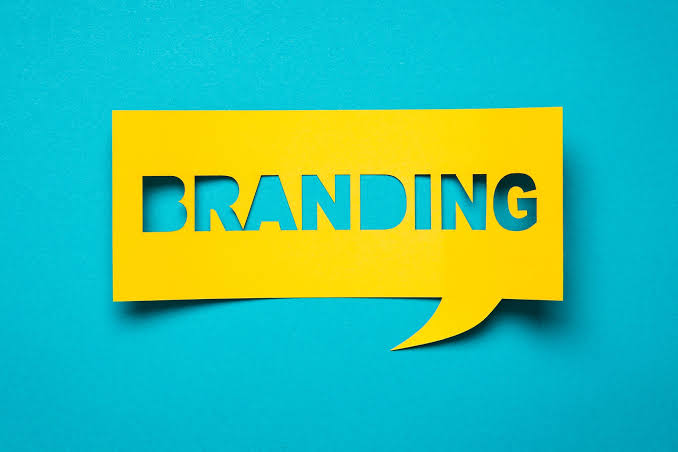What are the traits of a good brand?
Every brand is different ó the point of branding is to distinguish you from the competition. But just about every good brand meets the following criteria. Look at these criteria as you develop a brand from the ground up, or test your existing brand against them.
Targeted
Your brand must start by being appropriate to your market and product. Microsoft is a great brand ó but if you were marketing to kids and mothers, you wouldn’t want to emulate Microsoft.
Every great brand you can think of clearly communicates who the audience is: Apple (nonconformists); Nordstrom (upper class, by wealth or tastes); ToysíRíUs (annoying, but obviously kids, kids, kids).
I recently worked with a company to develop a logo and brand strategy for an electronics engineering resource site. The company had started with an idea for fun and hip. But the more we worked from that angle, the farther we got from the audience ó engineering tools just are not fun or hip. We ended up doing an about-face, and defined a brand that was clean, efficient, simple, and bright.
Clear
What’s the message? From the logo to the collateral, are you communicating an instantly comprehensible message? Look again at the example of Toys”R”Us. You can instantly recognize the message: kid-oriented and kids-only fun.
Test your own messaging. Show several of your marketing pieces (ads, collateral, business cards) to a total stranger. Do they describe the company traits the same way you would?
Meaningful
The message about your company must be meaningful. If you base your image on excellent service, you must deliver on that promise. If the customer’s experience doesn’t match his or her expectations, the image will become a negative. You will lose the customer’s trust, which is a very serious problem that is difficult to fix.
List the strengths of your company. Does this match your brand? List the weaknesses. Are you trying to use image and branding to deny or rectify any of these weaknesses? The brand should talk about what’s great about your company. It should then become a mission statement unto itself.
Consistent
You have established a clear, meaningful message. Now repeat. Don’t change the message; and communicate it consistently through everything.
My favorite aspect of the Nordstrom brand is that they use their message perfectly. Look at the catalogs, the ads, the retail space, the merchandise, the website: The message is perfectly consistent across media, across targets. They may market to kids, to teens, to women, to men, to mall shoppers, to web shoppers ó but they never stray from the core image of quality and service.
Look at your advertising, collateral, communications, and environments. Are you consistent, or does your message waver? Note that the more often you change your message, logo, and branding, the harder it is to apply.
One of my clients had a tough time deciding on a message, and kept tinkering. This left the client with outdated collateral, ads, press releases, and websites that did not communicate a consistent message. Consistency means both consistent application of the message, and longevity.
Recognizable
Crafting a message is an important process. But once you have that done, the tough part begins: getting the message out there. This is the Zen of branding. If a brand is good but no one knows about it, is it really a good brand?
Good branding can work to establish recognition if you target it to customers, then consistently repeat it until they memorize it. So start that repetition in advertising, press releases, and collateral. Consistency, clarity, and repetition build recognition, the real brass ring of all branding.
Actionable
The point of branding and gaining recognition is to drive action. The action should be built into the message: “We are the fastest and cheapest (so buy from us).” “Trust our service ó we’ve been in the news industry for 30 years (so visit us regularly).” “We are cool enough and serious enough for competitive athletes (so you should buy our shoes, too).”
The brand we developed for the electronics industry site communicated this concept: “Our service will help you be more productive, more organized, and more informed.” This message revolves around the users’ self-interest.
In other words, does the customer care about what you’re saying? It may be a great message, but the whole point is to motivate sales. Does it do this?
Grab the free e-book "How to Write Copy That People AND Search Engines LOVE" so you can keep people on your page and rank highly on Google
If you would like some more information on how to leverage the latest trends for your business, contact Steve at insight.web@insightdesign.com.au or call 08 9381 5900
. Connect
Connect